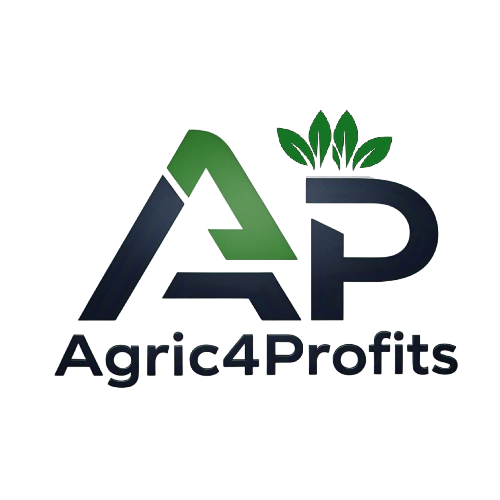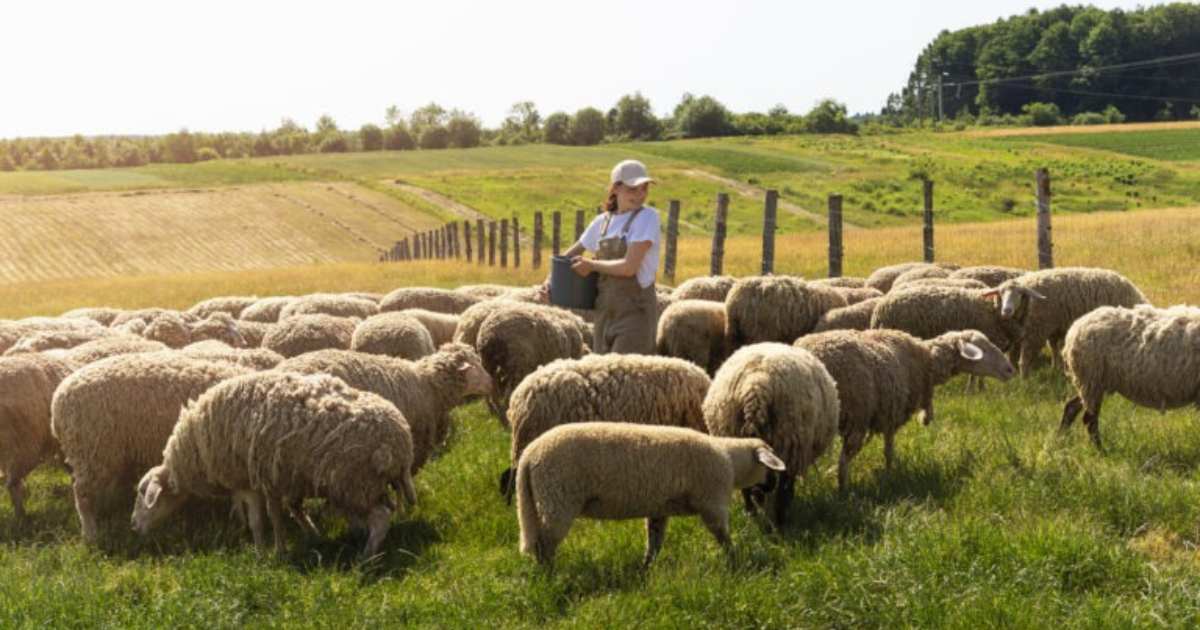- Il topic è vuoto.
- AutorePost
- Febbraio 3, 2025 alle 11:06 pm #551162

Sheep farming plays a significant role in global agricultural systems, providing valuable products such as wool, meat, and milk.
However, like any form of livestock production, sheep farming has considerable environmental impacts, particularly regarding resource use and sustainability.
From land use to water consumption and greenhouse gas emissions, the environmental footprint of sheep production is multifaceted. This article explores the various environmental impacts of sheep farming and the resources required to support it, providing insight into the sustainability of sheep production practices.
1. Land Use and Habitat Impact
Land use is one of the most prominent environmental considerations in sheep farming. Sheep require grazing land to produce their food, and the extent of this land use can have significant effects on the environment. In many regions, extensive grazing systems are employed, where sheep roam large areas of pasture.
While this method is less intensive than some other forms of livestock farming, it can still lead to habitat degradation if not managed properly.
Overgrazing, for example, can result in soil erosion, loss of biodiversity, and the depletion of natural vegetation.
In contrast, more intensive sheep farming practices may involve smaller land areas but often require greater inputs of feed and water, which can increase the environmental burden of production.
2. Water Consumption in Sheep Farming
Water consumption is another important factor in evaluating the environmental impact of sheep production.
Sheep, like all livestock, require water for hydration and for processing the feed they consume. In regions where water is scarce, the demand for water in sheep farming can place additional stress on local water resources.
While sheep are relatively efficient in their water usage compared to other livestock such as cattle, the large scale of global sheep farming means that water usage still contributes significantly to the environmental footprint.
Moreover, in areas where irrigation is used to cultivate crops for sheep feed, this further increases the water consumption associated with sheep production.
3. Greenhouse Gas Emissions and Methane Production
Sheep farming also contributes to greenhouse gas emissions, particularly through methane production. Sheep, like other ruminants, produce methane as part of their digestive process.
This methane is released into the atmosphere, where it acts as a potent greenhouse gas. Although methane emissions from sheep are lower than those from cattle, they still represent a significant portion of the agricultural sector’s overall greenhouse gas output.
The extent of methane emissions depends on factors such as the sheep’s diet, the efficiency of the farming practices, and the management of manure. Efforts to reduce these emissions have included dietary adjustments and better manure management techniques, but methane production remains a major environmental challenge in sheep farming.
4. Feed Production and Resource Inputs
The production of feed for sheep is another key aspect of resource use in sheep farming. While sheep are typically grazers, the demand for additional feed, especially in intensive systems, can require significant resources.
The cultivation of crops to feed sheep—such as grains, legumes, and forage—requires land, water, and energy inputs. Moreover, the use of fertilizers, pesticides, and herbicides in feed crop production can lead to soil degradation, water pollution, and loss of biodiversity.
The environmental impacts of feed production are compounded by the transportation and storage of feed, which add to the carbon footprint of sheep farming. Sustainable farming practices, including growing more of the feed locally and reducing reliance on chemical inputs, can help mitigate some of these environmental concerns.
5. Waste Management and Soil Health
Waste management is an often-overlooked aspect of sheep farming’s environmental impact. Sheep produce waste in the form of manure, which, if not properly managed, can contribute to soil contamination and water pollution.
Excessive manure can runoff into nearby water sources, leading to nutrient pollution and eutrophication, which harms aquatic ecosystems.
On the other hand, manure, when managed properly, can be a valuable resource as organic fertilizer for crops, contributing to soil health. However, managing manure effectively requires additional labor, infrastructure, and knowledge, and in areas where sheep farming is extensive, this can become a significant environmental challenge.
Practices such as rotational grazing, manure composting, and integrating livestock with crop farming systems can help reduce the negative impacts of waste and promote healthier soils.
In conclusion, sheep production has notable environmental impacts, particularly regarding land use, water consumption, greenhouse gas emissions, feed production, and waste management.
While sheep farming can be more sustainable than other forms of livestock production, the resource demands and environmental challenges remain substantial.
Mitigating these impacts requires more efficient use of resources, such as water and land, along with innovative farming practices like rotational grazing and integrated crop-livestock systems.
By focusing on sustainability, the sheep farming industry can reduce its environmental footprint while maintaining its essential role in providing products for consumers worldwide.
Read Also: Sheep (Ovis aries)
- AutorePost
- Devi essere connesso per rispondere a questo topic.

